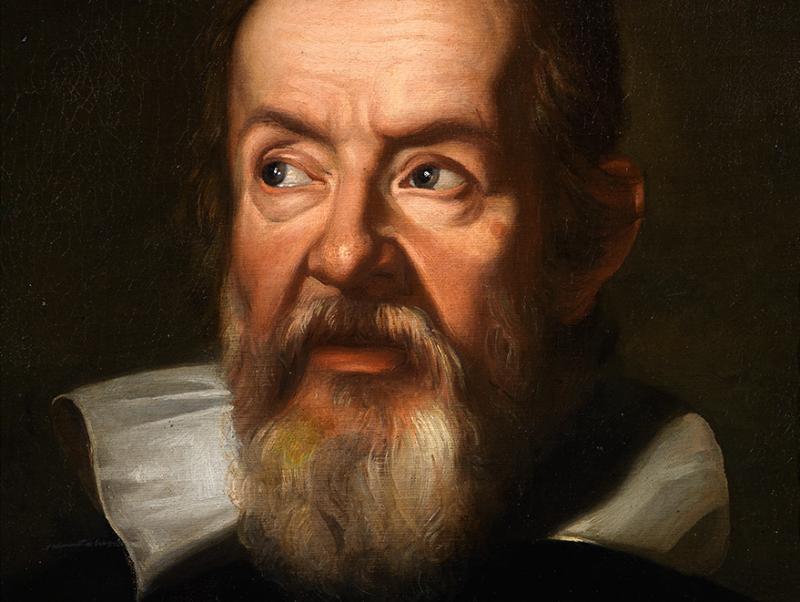After Galileo, things were never the same. His contributions to astronomy and science in general made him a leading figure in the transition from natural philosophy to modern science. He changed our vision of the universe.
He is a historical figure everybody has heard of, yet few really know. A new exhibition in Padua, “Galileo Revolution,” on view at the Palazzo del Monte di Pietà until March 18, 2018, aims to change that.
Featuring precious and ancient astronomical instruments, manuscripts and texts from his own writings, famous works of art, including watercolors and sketches made by Galileo himself, the exhibition presents Galileo’s life following the thread of ‘discovery’ and ‘how much should we try to know’, highlighting the Tuscan scientist’s ideas and choices.
“Galileo Revolution” shows Galileo’s various sides: the scientist 'father of the scientific method and of observational astronomy;' the intellectual admired and praised by Italian writers of the caliber of Foscolo and Leopardi, Pirandello, Ungaretti and Calvino; the musician and the artist; the entrepreneur who made scientific instruments such as the telescope, the microscope and the compass; the wine buff, who studied viticulture and was especially fond of the wines of the Euganean hills (he even bartered his scientific instruments in exchange for wine); and, finally, the everyday man.
To document the revolution brought on by Galileo, the exhibition curator, Giovanni C. F. Villa, has gathered an extensive number of works of art, which span history, from Roman times to today. “Galileo Revolution introduces an epic passage: the transition from an astrologers' sky to an astronomers’ sky,” Villa says.
The influence of Galileo's achievements and of modern science on art already showed in the 17th century: through the precise renderings of nature, as in Brueghel’s works for instance, and in paintings depicting the sky and astronomical bodies in an entirely new way, as if seen through Galileo’s instruments.
Visiting the exhibition gives you the chance to also discover Padua, a city often overlooked by tourists on their way to Venice, home, among other things, to Italy’s second oldest university, where Galileo once taught; his years in Padua were the happiest as he enjoyed the freedom he didn't find elsewhere to pursue his scientific studies.
For more information about "Galileo Revolution," visit the exhibition's website.










